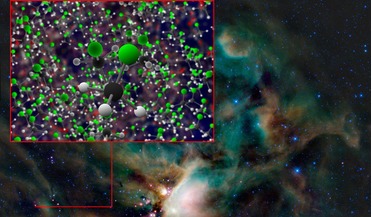 02 October 2017
New molecule discovery may have implications for chemistry on Earth
02 October 2017
New molecule discovery may have implications for chemistry on Earth
... known as IRAS 16293-2422. While the new ALMA observation is the first detection ever of a stable organohalogen in interstellar space, it simultaneously dashes hopes that its presence points to potential signs of life beyond our planet. On Earth...
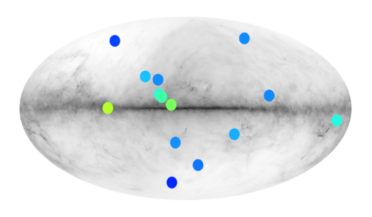 30 April 2021
Scientists identify 14 stars that could be made of antimatter
30 April 2021
Scientists identify 14 stars that could be made of antimatter
... of energy. If normal matter was drawn down from interstellar space onto the surface of an antistar it would annihilate and...as there would be much less gas and dust in interstellar space to accrete onto any potential antistars. Without a strong gamma...
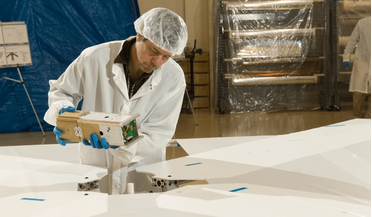 January 2017
New oceans beckon for solar sail technology
January 2017
New oceans beckon for solar sail technology
...than the Voyager spacecraft, allowing rapid scientific study of nearby interstellar space. The mission, called Interstellar Probe, has been studied for years and is of high interest to space science. The Voyager 1 spacecraft, launched in 1977, is now...
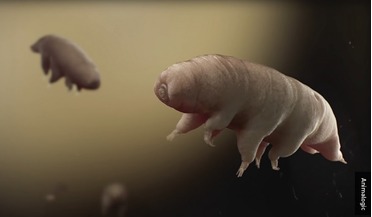 February 2022
Extremophiles as a blueprint for universal life
February 2022
Extremophiles as a blueprint for universal life
...-based lasers may be a possibility using Project Starshot, an initiative sponsored by the Breakthrough Foundation to explore interstellar space. Svante Arrhenius popularised the hypothesis of panspermia, first coining the phrase in his 1903 article...
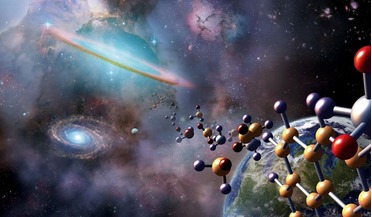 July 2020
Life in the universe – common or not?
July 2020
Life in the universe – common or not?
... is that they have the same origin as us (i.e., born by the same abiogenesis event), and they (or we) traversed interstellar space on meteorites. The second possibility is that they originate from a different abiogenesis event, and in this case there...
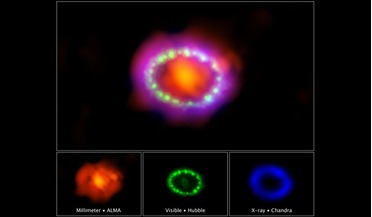 27 February 2017
Thirty years in the making - researchers show SN1987A in all of its glory
27 February 2017
Thirty years in the making - researchers show SN1987A in all of its glory
... formed dust directly, and ongoing studies will help us understand how it forms and how supernovas seed interstellar space with the raw material for new planetary systems." Aside from the dust, astronomers are also...